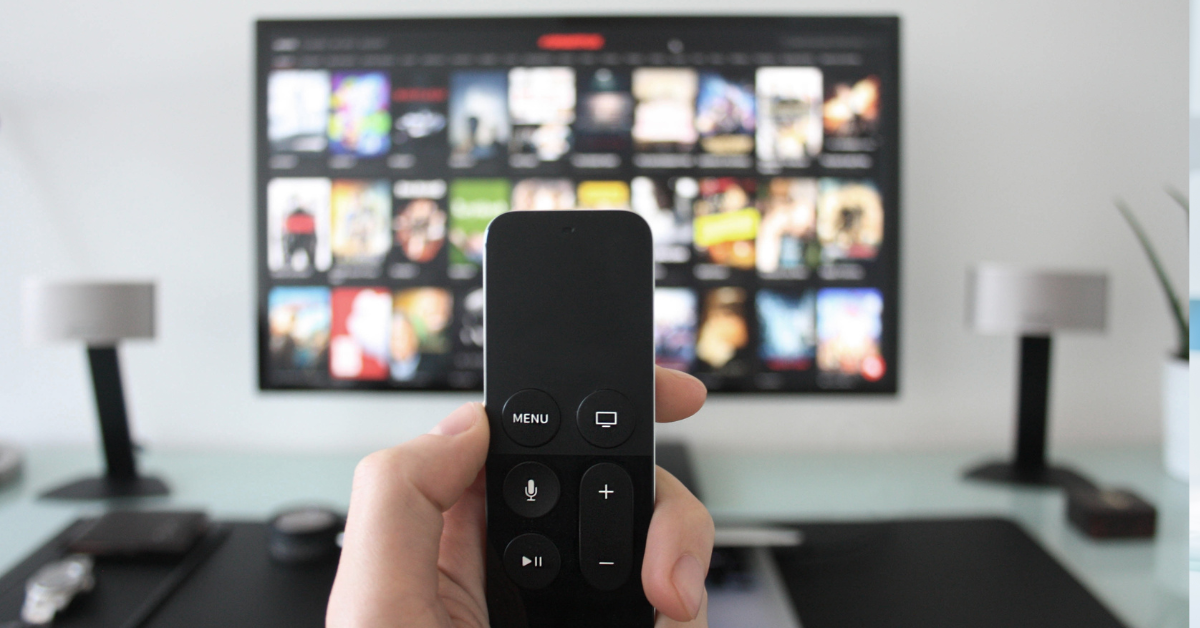Relieving Period Pain: Comprehending and Handling Dysmenorrhea
Dysmenorrhea, the scientific term for period discomfort, is a typical occurrence for many menstruating individuals. It is typified by lower abdominal cramping, which occasionally spreads to the thighs or lower back. Although dysmenorrhea is frequently thought of as a typical aspect of the menstrual cycle, its severity and length can vary greatly. Some people have minor cases that can be treated with over-the-counter medications, while others may have severe cases that interfere with day-to-day activities. The reasons of period pain, the various forms of dysmenorrhea, and the numerous methods of pain management that can be employed will all be covered in this in-depth conversation.
Although dysmenorrhea, or period pain, can be incapacitating, there are a number of efficient strategies to control and alleviate it.
Prostaglandins, the chemicals that stimulate the uterus to contract, are produced when over-the-counter pain medications like ibuprofen or naproxen are used. This reduces inflammation and eases cramping. By relaxing the muscles and increasing blood flow, applying heat to the lower abdomen with a heating pad or hot water bottle can also be comforting. Hormonal birth control options, including the pill, IUD, or implant, can balance hormones, lessen menstrual flow, and stop the excruciating cramps that come with menstruation for people who have more severe or persistent discomfort. By releasing endorphins and lowering stress, lifestyle modifications including regular exercise, yoga, and stress reduction strategies can also help reduce pain.
The contraction of the uterus to expel its lining is usually the source of period pain. Hormones that regulate the growth and shedding of the uterine lining, namely estrogen and progesterone, also influence the menstrual cycle. The uterine lining thickens in anticipation of a potential pregnancy as the body gets ready for menstruation. The uterine lining sheds as progesterone and estrogen levels fall in the absence of fertilization. The uterus contracts to aid in the expulsion of this lining as it is shed, and these contractions may be painful. The pain, which can be slight or severe, is frequently compared to cramping.
Other symptoms like bloating, headaches, nausea, exhaustion, and mood swings may accompany period discomfort in addition to cramps.
Techniques for Reducing Period Pain
Period discomfort can be managed in a variety of ways, ranging from medication to lifestyle modifications. The degree of pain and whether any underlying issues are causing the discomfort will determine the best course of action.
- OTC (Over-the-Counter) Drugs
The first line of treatment for period pain for the majority of people is to use over-the-counter painkillers. Ibuprofen (Advil, Motrin) and naproxen (Aleve) are examples of nonsteroidal anti-inflammatory medicines (NSAIDs) that function by lowering the synthesis of prostaglandins, which are the molecules that cause uterine contractions. These drugs have the potential to significantly lessen menstrual discomfort and inflammation. However, it’s crucial to take NSAIDs as prescribed and to speak with a doctor if you have any concerns about taking them on a daily basis.
- Birth control using hormones
The pill, patch, IUD, or implant are examples of hormonal birth control treatments that can help control menstrual cycles and lessen period pain. These contraceptives can lessen the intensity of cramps and the amount of monthly flow by balancing hormone levels. Periods can sometimes be completely eliminated by using hormonal birth control consistently (avoid the placebo week or menstrual break), which is particularly helpful for people with severe dysmenorrhea.
For people with endometriosis or fibroids, progestin-only treatments (such as the IUD or implant) may be especially helpful since they can lessen inflammation and stop the formation of aberrant tissue.
- Thermal Treatment
An efficient, non-invasive method of reducing menstrual cramps is to apply heat to the lower abdomen. Heat aids in relaxation.
- Exercise and Physical Activity
Even though it could be hard to find the motivation to work out when you’re having period pain, exercise can actually assist ease cramps. Exercise increases blood flow and produces endorphins, the body’s natural analgesics, which help lessen pain and suffering. Walking, yoga, and swimming are examples of gentle workouts that can be very beneficial since they ease tense muscles and encourage relaxation.
The abdominal and pelvic muscles can be targeted by yoga poses including child’s pose, cat-cow, and pelvic tilts, which can assist to relieve tension and enhance circulation. During their periods, many people find that doing yoga or doing simple stretching exercises makes them feel more at ease.
- Nutrition and Diet
Period pain can be lessened by following specific dietary guidelines. Consuming a well-rounded diet that - . Physical activity and exercise
Exercise can actually help ease cramps, even if it may be difficult to find the enthusiasm to work out while you’re experiencing period pain. Exercise helps reduce pain and suffering by increasing blood flow and producing endorphins, the body’s natural painkillers. Gentle exercises like swimming, yoga, and walking can be quite helpful since they promote relaxation and release stiff muscles.
Yoga movements including child’s pose, cat-cow, and pelvic tilts can help release stress and improve circulation by targeting the abdominal and pelvic muscles. Many people discover that yoga or easy stretching techniques help them feel more relaxed during their periods.
Apart from the previously mentioned techniques, lifestyle changes are essential for the management of menstrual discomfort. Frequent exercise has been demonstrated to lessen the intensity of cramps by increasing circulation and endorphins, the body’s natural painkillers, even though it can be challenging to do so during menstruation.
Particularly beneficial are light activities like swimming, walking, or mild stretching techniques like Pilates or yoga. By relieving stress and relaxing the pelvic muscles, these exercises may lessen the severity of the cramps. By concentrating on the stomach and pelvic areas, certain yoga positions, like child’s pose, cat-cow stretch, and pelvic tilts, are proven to reduce discomfort. Indeed, some research indicates that frequent yoga practitioners have less severe.
Period pain management also heavily relies on psychological well-being in addition to the lifestyle and pharmacological interventions mentioned. According to research, emotional issues like stress, worry, and sadness can make menstrual discomfort worse, and mental health can affect how physical pain is perceived. Menstrual cramp intensity can therefore be lessened by addressing mental health through counseling, mindfulness, and stress-reduction methods.
For instance, it has been demonstrated that cognitive-behavioral therapy (CBT), a form of psychotherapy that assists people in altering unfavorable thought patterns, is successful in treating chronic pain, including menstrual pain. Cognitive behavioral therapy (CBT) might help lessen the emotional and psychological stress that frequently accompanies dysmenorrhea by changing how one sees and responds to pain.
The practice of mindfulness meditation is another powerful mental health technique.
Building on the earlier ideas, medical research advancements keep expanding our knowledge of menstrual pain by providing fresh approaches to therapy and possible remedies. Research on the use of CBD (cannabidiol) as a pain-relieving alternative is one potential field. The hemp plant contains a chemical called CBD, which has drawn interest due to its analgesic and anti-inflammatory qualities.
By interacting with the body’s endocannabinoid system, which controls a number of physiological processes, including pain perception, studies indicate that CBD may help ease pain and muscular spasms. Although studies on CBD especially for period pain are still in their infancy, many people have found success managing their menstrual discomfort using CBD oils, lotions, or capsules. As with any novel therapy, it’s crucial to speak .
Managing period pain also heavily depends on psychological well-being in addition to the lifestyle and medicinal measures that have been described. According to research, emotional issues like stress, worry, and depression can make menstrual discomfort worse, and mental health can affect how physical pain is perceived. Menstrual cramp intensity can therefore be lessened by addressing mental health through counseling, mindfulness, and stress-reduction methods. For instance, it has been demonstrated that cognitive-behavioral therapy (CBT), a form of psychotherapy that assists people in altering unfavorable thought patterns, is successful in treating chronic pain, including menstrual pain. Cognitive behavioral therapy (CBT) might help lessen the emotional and psychological stress that frequently accompanies dysmenorrhea by changing how one sees and responds to pain.
The practice of mindfulness meditation is another powerful mental health technique.
The increasing popularity of natural supplements as supplements to pain management is another factor to take into account. Omega-3 fatty acid-rich fish oil supplements are known to have anti-inflammatory properties and may ease menstruation pain. In a similar vein, evening primrose oil, which includes the omega-6 fatty acid gamma-linolenic acid (GLA), has been proposed as a remedy for menstrual pain, albeit there is conflicting scientific evidence about its effectiveness. Vitamin D, which regulates the immune system and inflammation, and vitamin E, which has anti-inflammatory and antioxidant qualities that may lessen menstrual cramps, are additional supplements that can be helpful. As with any supplement, though, it’s crucial to talk to a doctor before using it, particularly if you’re also on other medications, to prevent any possible interactions.
Additionally, guided imagery and hypnosis are examples of mind-body therapies that have acquired acceptance as supplements to pain management. Studies have demonstrated that hypnotherapy, which uses suggestion and relaxation techniques to change the body’s reaction to pain, can lessen the intensity of menstrual cramps. Similar to this, guided imagery—in which people are led to picture pictures of healing or relaxation—may aid in promoting relaxation and diverting attention from pain. Both guided imagery and hypnotherapy may be especially useful for people who would rather manage their symptoms without the use of drugs. These techniques offer a potential option for anyone looking for a more all-encompassing approach to period pain management, even though they might not be effective for everyone.
Personalized remedies for menstrual discomfort are likewise becoming more and more popular. As we discover.





Leave a Reply